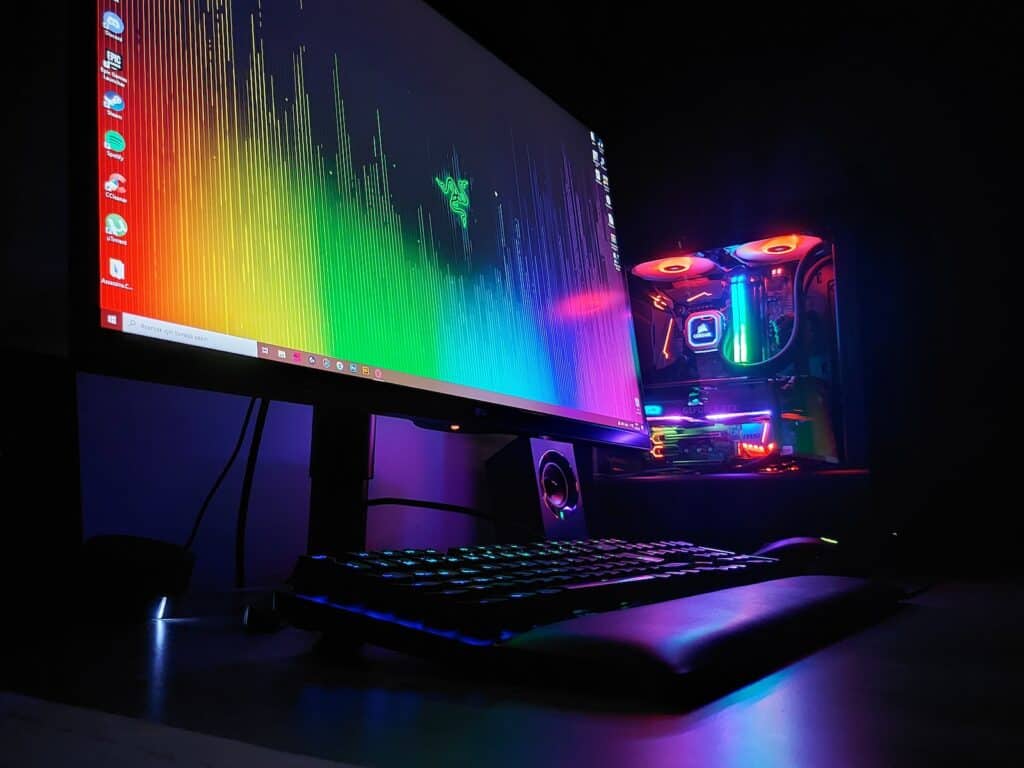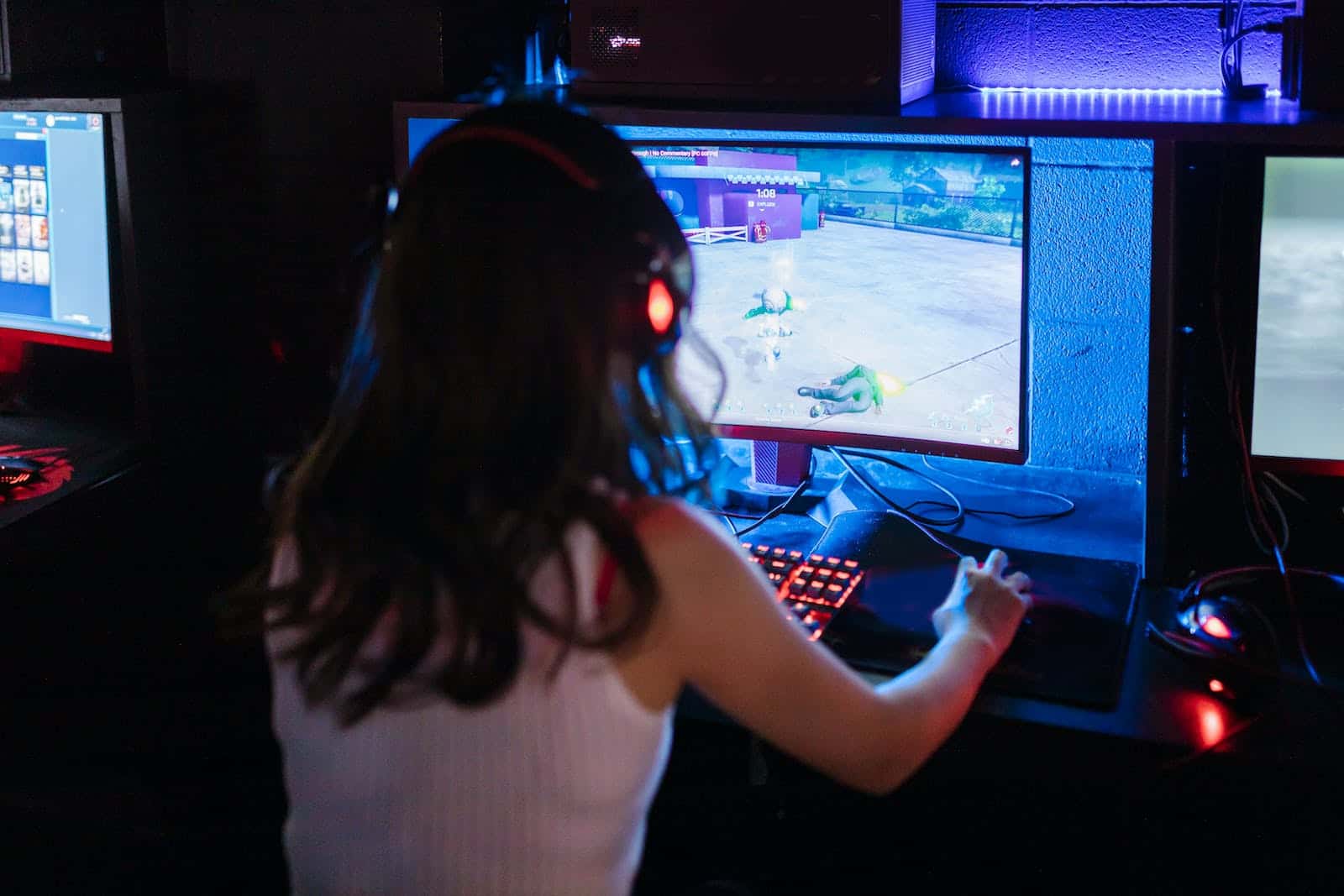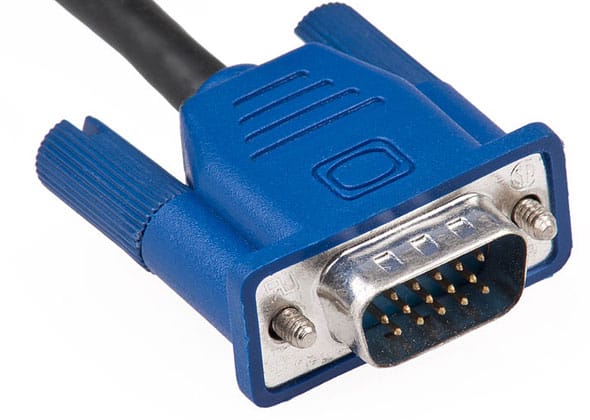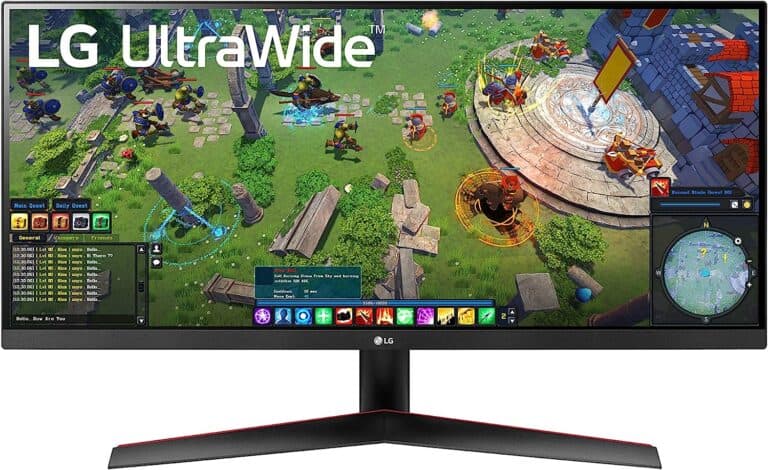Gaming enthusiasts often debate the ideal monitor size for an optimal gaming experience. This article delves into the advantages and considerations of using smaller monitors for gaming, particularly from a competitive standpoint. We’ll explore insights from Reddit’s r/pcgaming community, expert opinions, and the latest technological advancements to provide a comprehensive view.
So what is the best monitor size for gaming? If you trust the professionals, it’s a 25-inch 1080p display. But other options are going to have plusses & minuses.
Best Monitor Sizes for Gaming: A Tabletop View
Choosing the right monitor size for gaming depends on several factors like viewing distance, resolution, game type, and personal preference. Here’s a breakdown of popular sizes and their pros and cons for gaming:
| Size | Viewing Distance | Resolution Recommendations | Pros | Cons | Ideal for |
|---|---|---|---|---|---|
| 24-inch | 2-3 feet | 1080p, 1440p (optional) | – Immersive experience for competitive FPS games – Affordable – Fits smaller desks | – Text might appear pixelated at 1080p for close viewing – Less screen real estate for complex games | Competitive FPS, fast-paced games, budget setups |
| 27-inch | 3-4 feet | 1440p, 4K (optional) | – Sweet spot for balance between immersion and image quality – Good for most game types – Widely available | – May not be ideal for high refresh rates at 4K – Bulkier desk footprint | Most game genres, general enjoyment, productivity and gaming balance |
| 32-inch | 4-5 feet | 1440p, 4K | – Highly immersive experience for open-world games and simulators – Great for multitasking and work alongside gaming | – Requires more desk space and viewing distance – Higher price tag | Open-world, immersive games, simulators, content creation |
| 34-inch+ Ultrawide | 3-5 feet | 3440×1440, 5120×1440 | – Enhanced field of view for racing and strategy games – Unique aspect ratio can be visually stunning | – Expensive – Not all games support ultrawide resolutions – Requires powerful hardware | Racing, strategy games, immersive experience enthusiasts |
Additional Notes:
- Refresh rate, response time, and panel technology (e.g., IPS, VA) also play crucial roles in gaming performance.
- Consider your own comfort and viewing habits when choosing a size.
- Testing different sizes at a store or friend’s place can be helpful.
- Ultimately, the best monitor size is the one that suits your specific needs and preferences!
Key Takeaways
- Professional Preference: Many professional esports players prefer 1080p 25” monitors for their high refresh rates and consistency in competitive events.
- Personal Comfort: Monitor size preference can vary based on personal comfort and the type of games played.
- Technological Factors: Factors like pixel density, refresh rates, and response times play a crucial role in the gaming experience.
Professional Gamers’ Choice: The 25-inch Monitor
Professional esports players often opt for 25-inch monitors, especially in FPS (First-Person Shooter) games. This preference is rooted in the high refresh rates these monitors offer, leading to smoother gameplay. Standardization in competitive events also plays a role, as players practice on similar monitors to what they’ll use in tournaments, minimizing any potential adjustment during competitive play.
Advantages of Smaller Monitors
- Higher Refresh Rates: Smaller monitors often come with higher refresh rates, essential for fast-paced games.
- Reduced Eye Movement: A smaller screen allows players to scan the entire area more quickly, a crucial factor in competitive gaming.
- Consistency in Competitive Play: Using the same monitor size as in tournaments helps in maintaining consistency.
Personal Experiences and Preferences
Reddit users shared varied experiences, with some preferring larger monitors for a more immersive experience in single-player games, while others found comfort in smaller sizes for competitive gaming. This highlights that personal preference and the type of games played significantly influence monitor size choice.
User Perspectives
- Comfort with Larger Sizes: Some users find larger monitors (27” or 32”) more comfortable for a broader range of games.
- Preference for Smaller Sizes: Others stick to 24” or 25” monitors for competitive gaming, citing better focus and immersion.
Technical Considerations
When choosing a monitor size, technical aspects like pixel density and response time are crucial. Competitive players often favor 1080p monitors for their balance of performance and affordability. The right choice depends on the individual’s gaming style, the types of games played, and personal comfort.

Factors to Consider
- Pixel Density: Affects clarity and detail, especially important in high-resolution gaming.
- Response Time: Lower response time is better for fast-paced games.
- Field of View: Larger monitors might require more head movement, affecting reaction time in competitive scenarios.
Real-World Applications
In competitive gaming, the right monitor can make a significant difference. For instance, in fast-paced FPS games, a smaller monitor with a high refresh rate can give players a slight edge. In contrast, immersive RPGs or adventure games might benefit from larger screens for a more engaging experience.
Gaming Scenarios
- Competitive FPS Gaming: Smaller monitors for quick scanning and reaction.
- Immersive Single-Player Games: Larger monitors for an immersive experience.
Technological Advancements
Recent advancements in monitor technology, like OLED and Mini LED displays, offer enhanced color accuracy and contrast, beneficial for all types of gaming. Gamers should stay informed about these developments to make the best choice for their setup.
Emerging Technologies
- OLED and Mini LED Displays: Offer better color accuracy and contrast.
- Variable Refresh Rates: Technologies like FreeSync and G-Sync provide smoother gameplay.
YouTube Insights
For more visual insights, check out these YouTube videos:
- What is The Best Monitor Size For Gaming 2021?
- Mini LED vs OLED Monitors: What’s Better?
- This Awesome Mini Monitor just got BETTER!
Additional Resources
For further reading, visit these articles from GadgetMates:
- The Best Gaming Monitors of 2024
- How To Pick The Ultimate Gaming Monitor
- What Is A FreeSync Monitor?
FAQ Section
What Monitor Size Do Most Professional Gamers Use?
Most professional gamers prefer 24” to 25” monitors, especially for competitive FPS games, due to their high refresh rates and reduced eye movement.
Is a Bigger Monitor Better for Gaming?
It depends on the type of games and personal preference. Larger monitors offer a more immersive experience for single-player games, while smaller monitors are often preferred for competitive gaming.
How Does Monitor Size Affect Gaming Performance?
Smaller monitors allow for quicker scanning of the screen, which can be advantageous in competitive gaming. Larger monitors provide a more immersive experience but may require more head movement.
What Are the Key Features to Look for in a Gaming Monitor?
Key features include high refresh rates, low response times, and appropriate pixel density for the resolution. Technologies like FreeSync or G-Sync are also important for smooth gameplay.
Can the Same Monitor Be Used for Both Competitive and Casual Gaming?
Yes, many monitors cater to both competitive and casual gaming, but it’s essential to choose one that balances refresh rates, response times, and screen size according to your primary gaming style.







